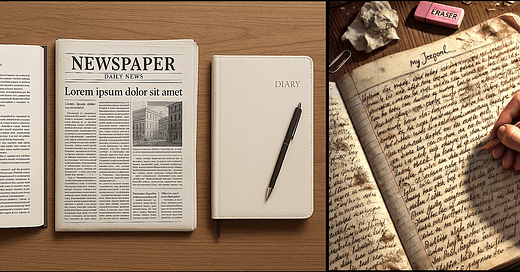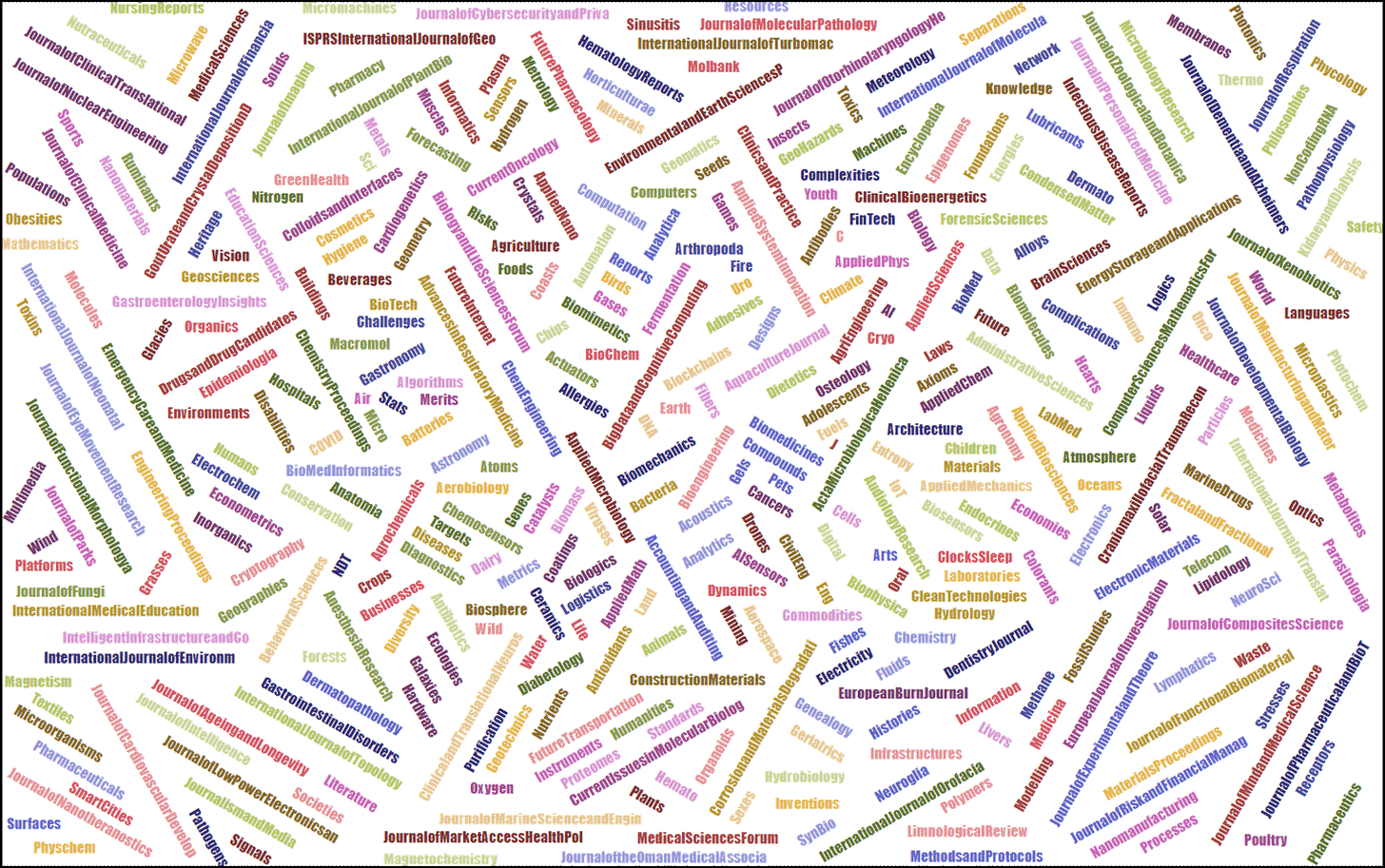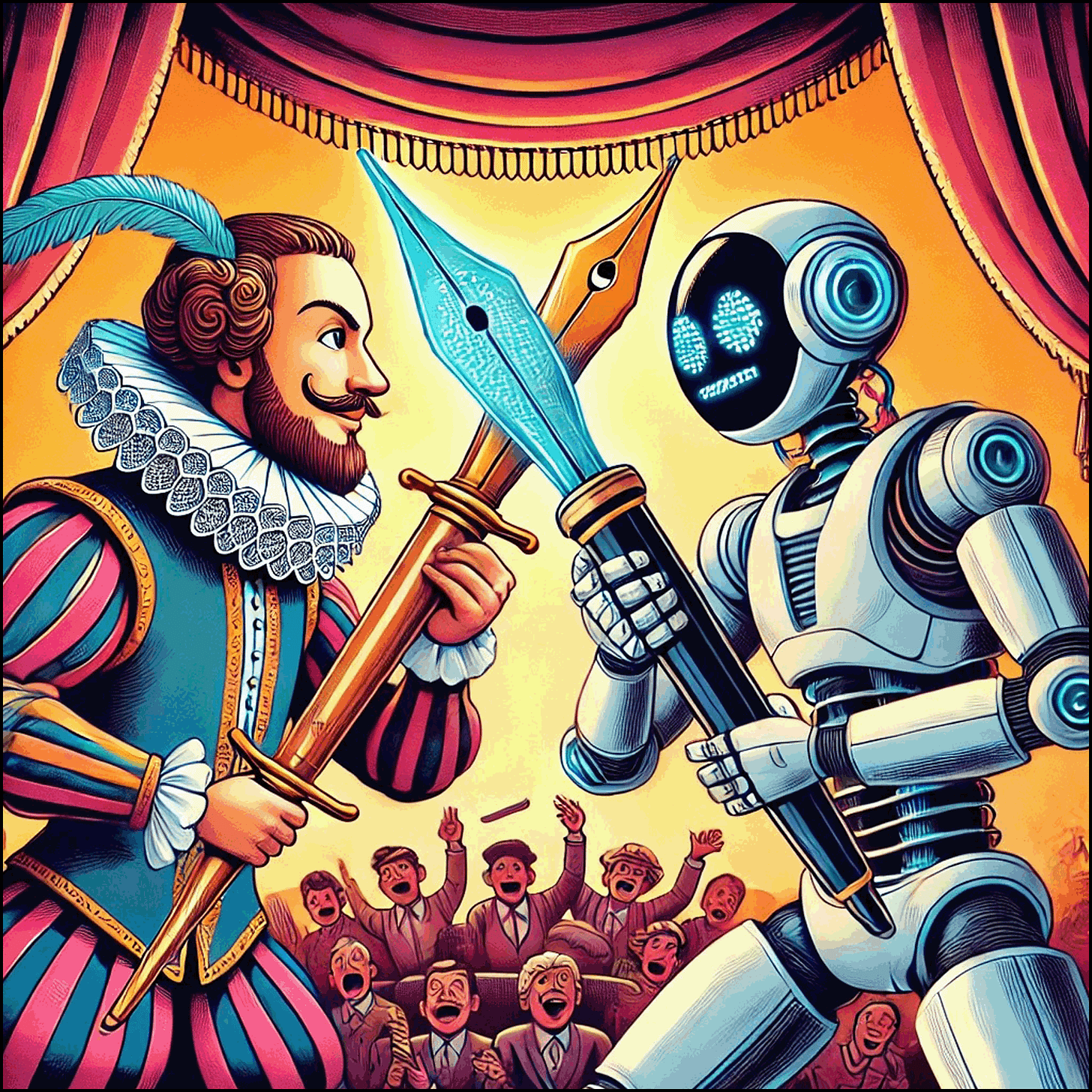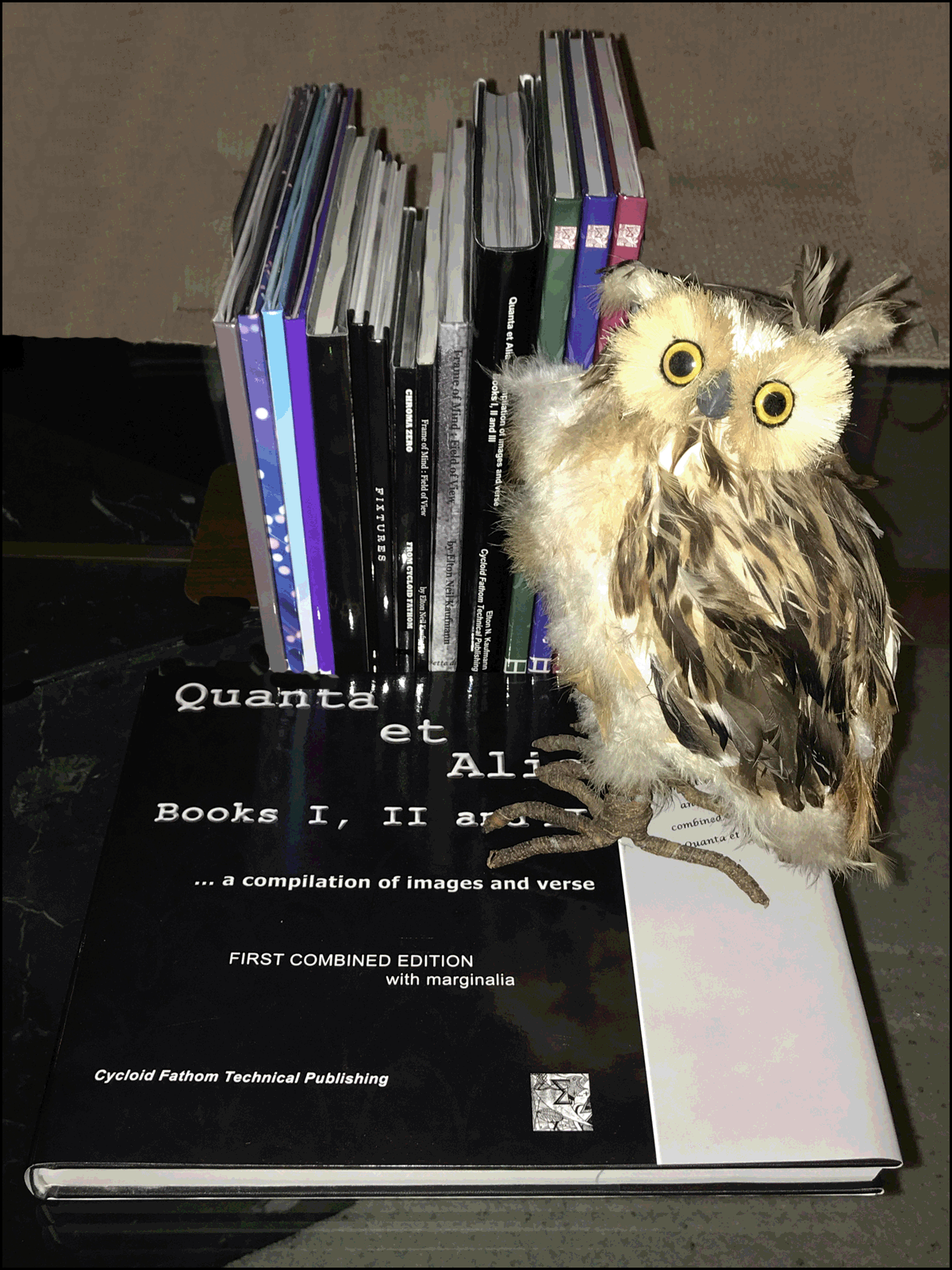The Foreword
Everything from prestigious archival publications that preserve the writings of our scientists, philosophers, and prophets to reminders scribbled illegibly on the back of napkins and envelopes is the journal of our existence. They document our presence and, more importantly, our ideas and uniqueness in the universe. A grand, perhaps grandiose, perspective indeed, but it feels less like bragging and more like an obligation for so blessed a species as are we.
Forms and Formats
Whether a handwritten diary in a bedside drawer or an academic tome on a library shelf, all the words are thoughts. Each one integrated with each of the others forms a concept, an idea, an admonition, a reflection, a confession, an emotion, or a dream. Poesy and prose, vernacular and grammatically sanitized, and vulgarities as profane symbols of distress and revolution all qualify as legitimate forms of exposition.
As a grammar school student, I was taught to write using a cursive alphabet. I was proud of my father’s exquisite penmanship and puzzled by my mother’s scrawl. But that taught me how wide was the window for such an arcane talent, now overtaken by the keyboard of the digital era. Legibility requirements remain in the analogue world. Now, it is syntax that must be tuned with periods and commas and the occasional semicolon and colon in their proper places. When to start a new paragraph is a vexing issue unless a picture of the pieces of the message is well seen. Despite its deemphasis today, cursive still appeals. My infatuation with it is reinforced when I am reminded of its beauty each time an issue of The Substack Post lands in my inbox. Its sections are separated by what I call the Substack Squiggle, just how I’d bet we all end out notes with a flourish.
I like emphasis and variety. Professional editors of scholarly journals view with distain the overuse of bold and italic fonts and of underlining. They also rarely give an author the choice of font, for they have their standard styles and that is that. Whether you prefer serifed or sans-serifed is of little consequence as far as they are concerned. So, is it not greatly freeing to choose your own format when writing in your journal with gay abandon as you include marginal notes, lined out words, and colors, yes colors? Some of this freedom is found when typing into a word processor or email client but not enough yet.
No “pen,” no posterity
Wonderfully wise unwritten words are whisked away by the winds of time. In parable, if the Lord had not engraved the Ten Commandments on a stone tablet, would hand-me-down legends from the memory of Moses be enough to guide the faithful? Liberties would surely have been taken in oral transmission. The spoken word evaporates, lost to history unless captured before it reaches the ether of outer space. When in the nether world between sleep and wake, I have seen the scene where our words float off into the continuum and are found and deciphered by the sentient aliens of a distant galaxy who on digesting our egocentric “wisdom” have a good laugh at our expense.
But, is there no limit?
Are we too full of ourselves when we insist that all our writings deserve preservation in perpetuity? Probably, but I’d rather leave that judgment to the future generations who get to decide what to keep and what to toss. That’s going to be a big job. Below is evidence that there is no limit. A list from just one publisher of only scientific open access journals numbers 469 titles.[a]
Academic research alone is being published in about 30,000 journals by about 2000 publishers globally.[b] That’s a narrow slice. The panoply of journals includes tens of thousands of newspapers and magazines worldwide. Although their numbers are in decline due to loss of paid advertising and mergers and acquisitions, their digital reincarnations are on the rise.
Longevity of the Medium
Library shelves are wonderful to peruse. Their dusty older collections of books and of journal issues bound into books show the wear and tear of age, even though temperature and humidity control try to slow deterioration. Digitizing collections is being pursued, both for enhanced preservation and for easier user access. Scanning text has become much more efficient than simply capturing an image. Optical character recognition (OCR) applications have become more sophisticated and less prone to error, thus producing documents readily searchable electronically.
Just about everything new is recorded electronically these days. Our “no ‘pen,’ no posterity” warning above is less of a problem now that very good speech recognition applications consign our every spoken word to the Internet’s cloud. We have been warned about our household appliances listening to our most private conversations and even talking back when we ask them to do their duty. Ink on paper is slowly going the way of museum-ready artifacts as if inscribed by scribes of old with their quill pens on parchment.
The electronic storage media, where evidence of our writings and spoken words now resides, have lifetimes and require periodic refurbishing or replacing. Who will do that for eons to come? Will the massive amount of data that are our ubiquitous blogs, podcasts, and respectable journals, and dare I say Substack posts, be worth preserving when assessed by a future society with their own view of the value of their terribly wordy ancestors? Will only the memoirs of their families’ patriarchs and matriarchs survive?
Author, wherefore art thou?
If we humans are the Capulets, then machines are Shakespear’s Montagues. Based on the failing grades that term papers receive if discovered to have been machine generated, we are two warring families. We are asking artificial intelligence (AI) authors to renounce their familial connection to bits and bytes and to join the world of warm-blooded writers because we have come to love them so. Shall we confer the same value on the work of the machine as we do on the work of our human progenitures and contemporaries? A question for the ages, but the beginnings of the answer lie in the realization that those machines, those Montagues, are built by humans. They gobble up human-produced content from across the Web, much of which is digitized from those handwritten and printed texts of yore. Perhaps they are more human than we are in terms of knowledge. Then the outstanding issue is, what of imagination? Are we Capulets still unique in that respect?
The explosion in use of natural language processing [c] has allowed the artificial to appear, in all obvious ways, genuinely creative and imaginative. To rely on the fact that these tools can do no more than absorb and rearrange what already exists in human produced content and cannot create totally new ideas neglects the sad fact that we humans also nearly always mix and match what we already know to form a purportedly new idea. Whether or not our creative way of rearranging old knowledge into new concepts is unique to us or no different from our AI buddies is the question. I’d say we are little different from the Montagues.
The incomplete
The ancillary parts of publications are fun to read. Forewords and epilogues might tell us the whole story. The lack of originality of cover blurbs of books that laud the author and tell us it’s a “must read” are reassuring – some things ought not change. Synopses for the too lazy or too busy to read a full tome are supposed to catch the salient points and leave depth and poetic appreciation to the few inveterate readers who are left. Lastly, initial drafts of a work, especially when compared with the final version, reveal the evolution of thought and phrasing that tells us more about the author than the scrubbed version ever could. We are likely to find raw language, epithets, bias, and the sounds of judgmental exasperation that book editors love to delete.
I have been privileged to participate in the founding and editing of a few journals. Since leaving them behind in the good and expert hands of new publishers and editors, they have all changed, both in scope of their content and in format. The scopes have tracked how their fields of science have evolved over the intervening decades. The format, on the other hand, is “modernized” because graphic artists can never leave well enough alone. Packaging is a science in the realm of marketing that is supposed to improve brand perception.
The Epilogue
For the individual, a therapist might suggest journaling. Processing emotions and indulging in self-reflection and expression is, I am sure, a healthy avenue for stress reduction and relief of other issues. Strolling through the stacks in the local library, passing all the journals about all the topics that have accumulated, may be therapeutic too. Keeping track of that landscape of information is also therapeutic for society. Documentation of abstract emotion-free pursuits of science where only the unfeeling data prevail is vital for progress and history. Keeping track of the human condition with its ups and downs and arounds seems helpful when inevitable wounds in the body politic need healing.
As we transition from the Dewey Decimal System and navigating the aisles and shelves to find an item of interest to the Internet with its Search Engine Optimization (SEO) routines and sitting sedately at the keyboard to see our target in an instant, we have moved from the physical library to the physical data center that is unseen but grinding away. When we considered “Longevity of the Medium” above, we did not consider bad actors, extremists who would erase history in order to reinvent it. Some artifacts of our past cannot be recovered [d], but just as the existence of multiple copies of a book (including the banned ones) make a library fire less devasting in terms of loss of precious information, redundancy in data storage will make loss of a data center less traumatic. In that way, the ongoing journey of journals is assured.
Credits: The newspaper/notebook images were generated by OpenAI.com’s DALL-E and GPT 4o multimodal image generators.
The Substack Squiggle was copied from The Substack Post.
The word cloud was generated at https://www.jasondavies.com/wordcloud.
The Human-Machine duel image was generated by OpenAI.com’s DALL-E image generator.
[a] Multidisciplinary Digital Publishing Institute (MDPI) at www.mdpi.com/about/journals
[b] publishingstate.com/how-many-academic-journals-are-there-in-the-world
[c] www.ibm.com/think/topics/natural-language-processing
[d] en.wikipedia.org/wiki/Destruction_of_cultural_heritage_by_the_Islamic_State
Nota Bene: Others may ruminate differently. But be warned: In my case, seeing or hearing something quite trivial -- a saying, a store clerk’s mannerisms, or bad grammar on a food product’s label – triggers a stream-of-consciousness extrapolation toward grander notions and generalizations. That is what often happens in these posts. ADDENDUM: Those subscribers who have been here for a while will have noticed that at times Ruminations has veered into diatribes. I make no apology. I just want my readers to know that it’s quite intentional. When events come close to making the ‘blood boil,’ that discontent bubbles up here.
Disclaimer: Any and all opinions expressed here are my own at the time of writing with no expectation that they will hold beyond my next review of this article. Opinions are like a river, winding hither and yon, encountering obstacles and rapids, and suffering turbulent mixing of silts from its depths and detritus from its banks. But just as a river has its clear headwaters and a fertile delta, so do opinions, notwithstanding any intervening missteps and uncertainties.
Reminder: You can visit the Cycloid Fathom Technical Publishing website at cycloid-fathom.com and the gallery at cycloid-fathom.com/gallery.
Forthcoming posts (unless life intervenes)
Size matters
5 May 2025
…Relativity: Solicitously Small or Badgeringly Big
Touchy Topics -- #2
…Considering controversial concerns (Classification)
12 May 2025
The Night and our Knights
…Fighting the darkness
19 May 2025
Fear, fantasy, fortune, and failure
…Rumination residues
26 May 2025









